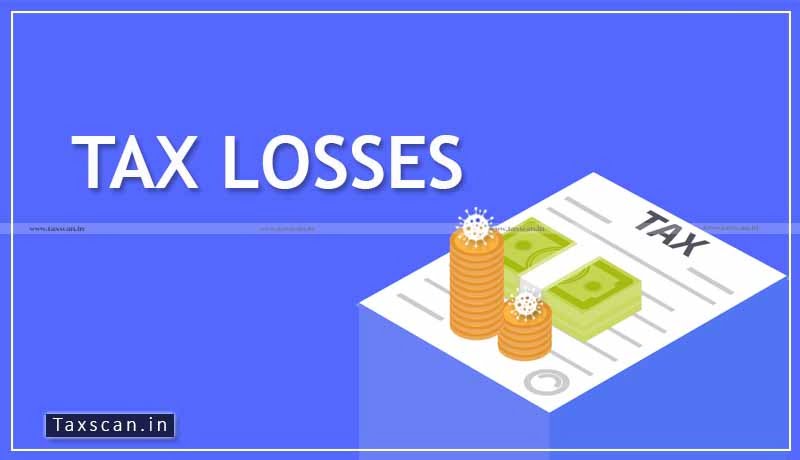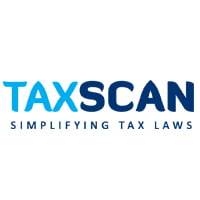COVID 19 - Tax Losses – Back for a Better Future

Tax Losses – Taxscan
Tax Losses – Taxscan
Tax Losses Carryback (‘TLCB’) is a system that allows taxpayers to set-off losses of the current year against the profits of past years. Globally, at least 20 countries have some form of TLCB system in place (for example Canada, Singapore, UK), while many have introduced the same as a response to the pandemic (for example New Zealand, Norway, Taiwan).Provisions fora specific industry, period of carryback, nature of losses that can be carried back exist.
Under the TLCB system, the losses incurred by taxpayers are adjusted against the profits of the preceding year, on which taxes have already been paid. For instance, consider A Ltd who had taxable profits in FY 2019-20 of INR 50 lakh and paid taxes of INR 15 lakh on the same. Now suppose that A Ltd incurs a loss of INR 20 lakh in FY 2020-21. Under the existing tax laws of India, this loss is carried forward and set-off against future profits. Under TLCB, A Ltd will have the option to adjust the loss of FY 2020-21 against the profits of FY 2019-20, thereby leading toa tax refund of INR 6 lakhs.
A simple system such as TLCB, if introduced in India, will enable the Government to infuse liquidity in the economy in a ‘cash-neutral’ manner. Consider the Indian real estate or automobile industry, which was under stress and further affected due to COVID 19. These sectors face a very uncertain recovery time frame. Many of the companies operating in these sectors may not even have a profitable year hereafter before they go bankrupt. A TLCB system will enable these companies to claim a refund of taxes paid by them earlier, which will provide them the much-needed liquidity to help them survive.
The TLCB system can be of aid to a company only when it has paid taxes in the past. This essentially provides the Government with a great tool to assist genuine taxpayers in times of hardship. Refunds issued in times of losses will be recovered as taxes once economic activity picks up and profits are earned, and thus it is a ‘cash-neutral’ way of infusing liquidity.
Along with TLCB, certain other measures related to tax losses can also be introduced. For instance, the tax laws can be amended to enable a set-off of carried forward business loss against capital gains, which currently is not possible. This will benefit companies seeking to divest some businesses to sustain the viability of their core business.
Furthermore, taxpayers are likely to face a cash crunch as due dates for payment of taxes approach. Notices and pressure to collect taxes by way of advance tax and or self-assessment may be kept in abeyance. Beyond TLCB, all taxpayers can be granted an abeyance for payment of taxes equal to say two years of taxes paid in the past, and such tax liability can be recovered in the succeeding years along with interest. This will be akin to a working capital loan without the hassles of documentation and security.
To conclude, tax reforms such as TLCB can enable liquidity infusion for taxpayers who have contributed in the past, were profitable, and need the support in these times. However, for effective implementation, it is crucial that tax refunds are issued on time.
Authors
K Venkatachalam – Partner, Dhruva Advisors LLP
Yash Daga – Senior Associate, Dhruva Advisors LLP


